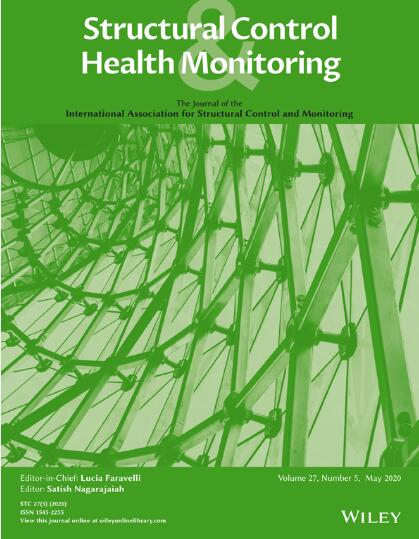Bayesian Approach for Damping Identification of Stay Cables Under Vortex-Induced Vibrations
Abstract
As the span of cable-stayed bridges increases, so does the length of stay cables, making cable vortex-induced vibrations (VIVs) more prominent. This is particularly evident in higher-order multimodal VIVs, which are closely linked to the damping characteristics of the cables. Traditional operational modal analysis (OMA) methods often fail under VIV conditions due to the inadequacy of the white noise excitation assumption. Moreover, potential influences from ambient vibrations and noise contamination introduce further uncertainties into the identification results. This paper addresses these challenges by proposing a novel Bayesian method for damping identification from measured VIV responses. The proposed method, based on a single-degree-of-freedom (SDOF) vortex-induced force model and the statistical properties of the power spectral density of the VIV measurements, aims to enhance the accuracy of damping identification while effectively quantifying uncertainties of identified results. The efficacy of the proposed method is validated through simulated scenarios and applied to the field test of a stay cable in the Sutong Bridge. The results not only demonstrate the method’s high accuracy in identifying damping ratios under VIV but also highlight its capability to effectively quantify the uncertainties in the identification results. This method offers a reliable approach for investigating the evolution of damping in VIV of stay cables and enhances the understanding of the mechanisms behind higher-order multimodal VIV.


 求助内容:
求助内容: 应助结果提醒方式:
应助结果提醒方式:


